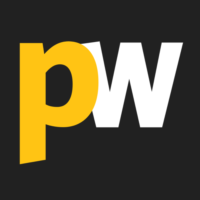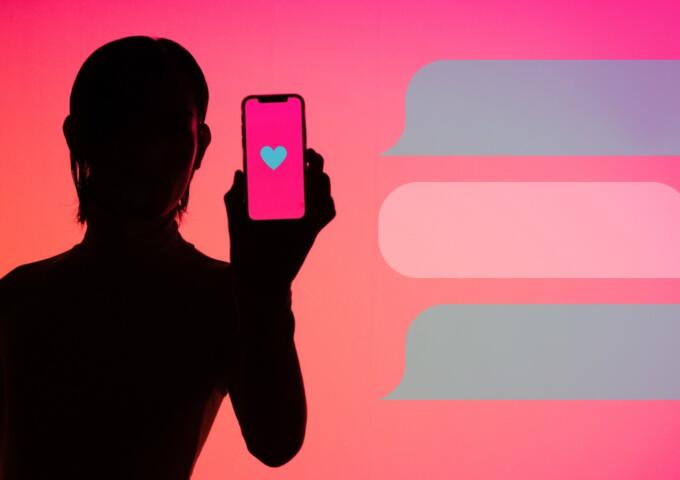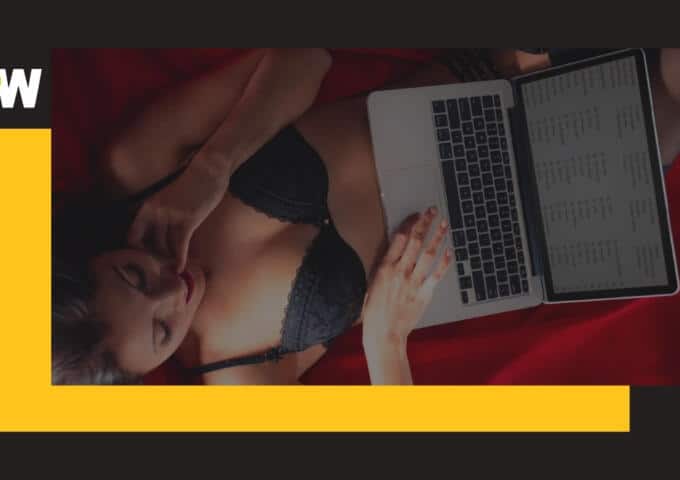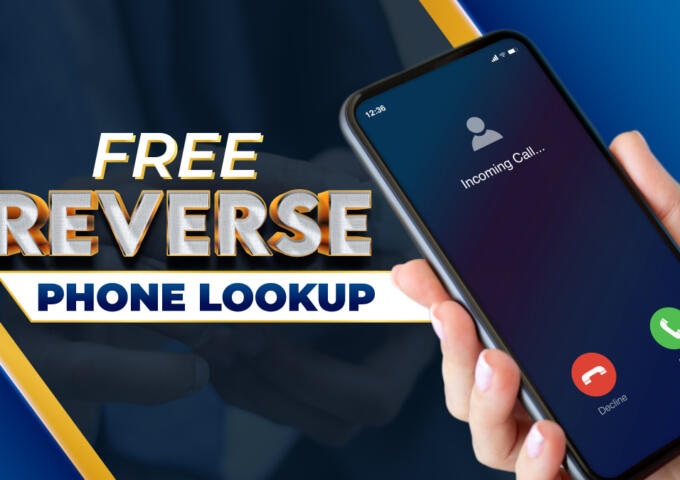
As an ad slamming President Obama’s tax policies prompts a YouTube video, local software developer Bob Lannon takes out his iPhone. He opens up an app, holds it to the speaker and puts his thumb to a big button in the middle of the screen. Within 25 seconds, the app returns information on the source: a conservative super PAC titled Crossroads Generation. A splash page shows information on its spending for and against candidates of either party, a history of its ad buys and a link to information on its donors.
Following campaign money has never been easier—or more important. This year has seen an unprecedented flood of negative campaign ads in swing states like Pennsylvania. In the super PAC era of politics, voters may wonder about the veracity of mean-spirited advertisements sponsored by Orwellian-sounding entities.
But courtesy of a group of activist Philadelphia software developers and their collaborators at a nonprofit government watchdog: There’s an app for that.
A free app released Aug. 22 by the Sunlight Foundation—an organization that seeks to ensure government transparency—Ad Hawk works like popular music identification apps Shazam and Soundhound. You hold your iPhone or Android-based phone to an audio source, and the app links you to information about that source. It’s just one of many citizen-empowerment apps that have cropped up as election season gets under way.
To many, none of this would have been necessary were it not for a sea-change in election finance a couple winters ago. In January 2010, the U.S. Supreme Court ruled in the landmark case of Citizens United v. Federal Election Commission, saying that the nonprofit Citizens United had a person-like right to political speech. The decision overturned portions of the Bipartisan Campaign Reform Act, which had prohibited nonprofit issue organizations and their corporate or union backers from engaging in political speech. With the ruling, corporations, unions and other nonhuman entities could now throw unlimited money at political campaigns.
And so the super PAC—an organization unaffiliated with political candidates that could receive and spend unlimited monies from donors of all kinds— was born. Many adopted politically ambiguous names like Endorse Liberty, Inc. and Majority PAC. Since then, the super PAC has become an increasingly important force in campaign advertising.
The 2010 midterm elections saw the first flood of super PAC campaign spending— 83 super PACs spent $62.2 million, according to the Center for Responsive Politics and Federal Election Commission filings. As of June 2012, according to the Sunlight Foundation, the current election cycle has seen 720 super PACs spend a total of $216.9 million. According to the Center for Responsive Politics, super PAC expenditures make about 66 percent of all political advertising expenditure this cycle. In 2010, that figure stood at just 13 percent.
The story behind Ad Hawk’s development is equal parts civics and tech. In Philadelphia, Lannon, then a developer at Horsham medical tech company Verilogue, was driving to work, listening to the radio. “I heard them talking about [the Citizens United court case]” Lannon says, “it just so happened that I had been interested in how audio fingerprinting systems [like Shazam] work … I thought, ‘one way to balance the scale might be to use that audio fingerprinting approach to give people more information about the ad and their funders as they’re hearing them.”
Lannon knew he had the technical tools to help him push back against what he saw as an unfair ruling. He aired his app idea at a meet-up of the Philadelphia Hacks/Hackers group, made up of journalists and technologists. “People’s faces just lit up,” he says. Soon, he had a team to help him create the precursor to Ad Hawk.
He assembled a clique of like-minded locals—Erika Owens, Jim Snavely, Jake Richter, and Pam Selle. Software developers and tech administrators by day, they used their free time to code an app that could use audio fingerprinting to link a user from an ad to a fact-checking site. The project’s core was the audio recognition—once you could effectively recognize an ad, you could link a user to any related information you wanted.
The team started moving the project toward the finish, adhering closely to a set of principles that emphasized non-proprietary, open-source coding. In December 2011, they held a “Hackathon” session during a meet-up with the Philly chapter of Random Hacks of Kindness, an organization Owens says “brings together subject matter experts and developers for a weekend to build teams that create projects that have a social good.” By February 2012, they had a functional prototype of Ad Hawk.
“The vision was that this could be the central service inside of a larger journalistic effort,” Lannon says.
Meanwhile, in Washington, D.C., at the Sunlight Foundation, managing editor Kathy Kiely said that the organization “had been talking amongst ourselves … wouldn’t it be nice if there was a Shazam for political ads? A lot of them are being produced by these groups with these Orwellian names and you can’t figure out who they are.”
Kiely adds that “We just don’t have the number of journalists that we used to,” she says, “so the people who would normally be the watchdogs, cataloguing all of this either aren’t there or they are do damn busy to do it … A tool like [Ad Hawk] empowers citizens.”
And luckily for Lannon, Sunlight had already heard of him. Kiely had been receiving word from colleagues in Philly who had seen Lannon’s app demonstrations.
“In talking to him, it became clear that, one, he was using some pretty sophisticated technology to perform this task and had made a lot of progress already,” says Tom Lee, who heads Sunlight’s tech arm. “Two, he was anxious to find a home for the work he had done.”
Plus, Sunlight had the resources to do what Lannon’s team of nightshifters could not —research, analyze and maintain the soon-to-be huge database of ads and Federal Election Commission filings hitting the airwaves during election season. They proved to be a unique match—an engineer with an idea and an organization with the perfect outlet. They offered Lannon a contract to develop Ad Hawk, and after months of development, the app is on the market in time for the conventions.
“One thing folks are not apathetic about,” says Richard Hasen, an expert in election law and campaign finance at the University of California, Irvine, “is they don’t like negative ads, and in the battleground states, there’s a lot of fatigue about the ads that are run.” He suggests that voters want to “get to the bottom of who is annoying them the most.”
Judging by the number of downloads since the app’s launch—5,500 as of Sept. 2—there are a lot of voters willing to do just that.




